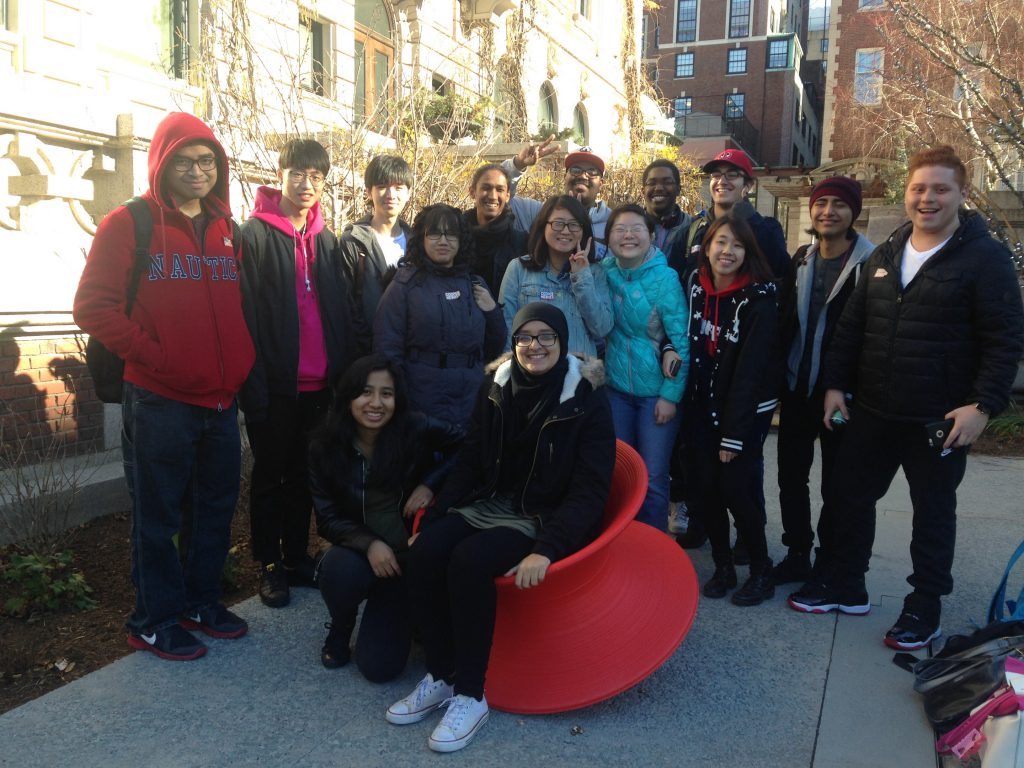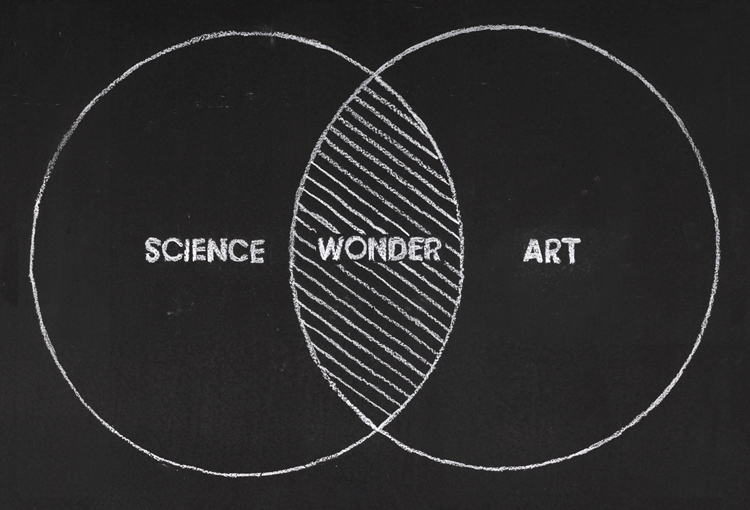
First Year Learning Community at The Cooper Hewitt
“Community Collaboration”
Teaching
Course Improvements and Coordination:
Over the last five years, as more of my workload hours at City Tech have shifted from Teaching to Service, I have had the opportunity to focus on what is most essential in my work with students. I feel fortunate to have been able to devote my time and energy to the development and coordination of one course, Graphic Design Principles 1. This course, a first semester required course for all COMD majors, serves as a critical foundation for incoming freshman. As Course Coordinator, I have worked with part-time faculty to develop a framework that better connects the course content to its counterpart in the second semester, Graphic Design Principles 2, and to create unified learning outcomes, specifically with regard to a shared design vocabulary and design process.
Additionally, I developed a series of digital projects to help faculty integrate the use of digital tools. Several faculty members have been teaching the course for decades and had focused on the use of traditional, hand methods. This transition was a challenge for many, but all faculty have now incorporated several digital projects into their course sections. I supported faculty through this transition with workshops, individual tutorials, use of our OpenLab Course Coordination project, and by encouraging the incorporation of OpenLab student ePortfolios into the course learning outcomes.
Learning Communities:
In Fall 2013 I began collaborating with Professor Jody Rosen, English on our Learning Community, “Ways of Seeing: Adventures with Image & Text.” This Learning Community for COMD students taking COMD1100 & ENG1101 includes field trips, hands-on projects, and cross-sensory experiences to help students discover and express their creative vision and supports their first year learning experience.
As our Learning Community has evolved we have explored cooperative (small-group) learning, alternative assessments using peer critiques through blogging and commenting on our shared OpenLab Course Site, low-stakes writing assignments, field trips, shared assignments, and critical thinking activities.
Our 2015 semester-long, cross-disciplinary student project “A Humument,” which was based on artist, Tom Phillips’s altered text, culminated in an exhibition at the Ursula C. Schwerin Library and also a student research poster at the City Tech Student Research Poster Presentation. Both were well received and gave first semester students the unique opportunity to showcase their creative writing and visual design to the college community.
CUNY BA Mentorship:
As a CUNY BA mentor, I have worked with twelve students (six in the last five years) to guide them with the development of their own curricula, tailored to their career goals and interests. I am currently mentoring Shofiyaa Abdul Samad and Sara Solomon. Both students are working toward their CUNY BA degrees for anticipated graduation in 2018. Being a CUNY BA mentor is a volunteer position, but it has helped me to look at my teaching in a different light. My CUNY BA mentees are often self-driven, independent, mature students. By comparison, the freshmen I teach are at a very different point in their education, requiring academic and emotional support at a much more basic level. I find this diversity of experiences invigorating, and it has pushed me to grow as an educator to meet the needs of all my students. I love the contrast and enjoy the intellectually stimulating conversations I share with my CUNY BA students as we work together to navigate their curricular and professional paths.
Online Teaching Resource & Portfolio:
When I built the initial iteration of my online teaching resource profspevack.com during my first year at City Tech, the concept of open access to educational resources was not widely accepted among my colleagues. As a teaching resource, my site has provided a way to document and reflect on my activities over the years, but it has also been of benefit to other faculty who work on related courses and initiatives. My teaching materials have been open and available for all to use for over fifteen years. Faculty from City Tech and other colleges have used my site and its contents for their courses. On many occasions, I have had the opportunity to help new faculty avoid the “trial by fire” that I experienced in my first year of teaching by sharing my course content and giving them a structure to build upon.
Profspevack.com has grown and evolved, archiving over a decade of my teaching sites, housing my teaching portfolio, and more recently a blog, which I have used to document and share certain scholarly activities and observations. My teaching portfolio is used as an example for faculty on the City Tech Faculty Commons website and in professional development workshops. As an early adopter, I am pleased to now see a growing number of faculty build and share their course content and teaching experiences with the College community. Continue reading


